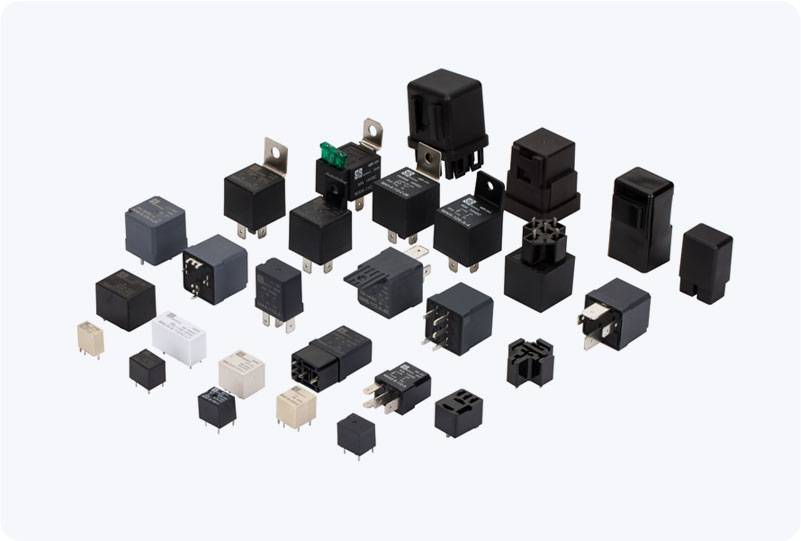A Solid State Relay (SSR) is an advanced electronic switching device that performs the same functions as a traditional electromechanical relay but without any moving parts. Instead of mechanical contacts, SSRs use semiconductor components such as diodes, transistors, and triacs to control the switching of electrical circuits. This makes SSRs more reliable, durable, and efficient than their mechanical counterparts. With applications ranging from industrial automation to consumer electronics, SSRs are an integral part of modern electronic systems.

Working Principle of SSR The working principle of a solid-state relay is quite simple but effective. An SSR consists of two main sections: the input and output sides. The input side typically includes a control signal that activates the relay, and the output side controls the load, such as a motor, heating element, or light bulb. Input Signal: The SSR receives an electrical control signal, which is usually a low-voltage DC or AC input. This input is used to activate the SSR. Semiconductor Components: The SSR uses semiconductor elements, primarily optoisolators or phototransistors, to isolate the control side from the load side. Optoisolators use light to transfer the signal from the input to the output, preventing electrical interference.